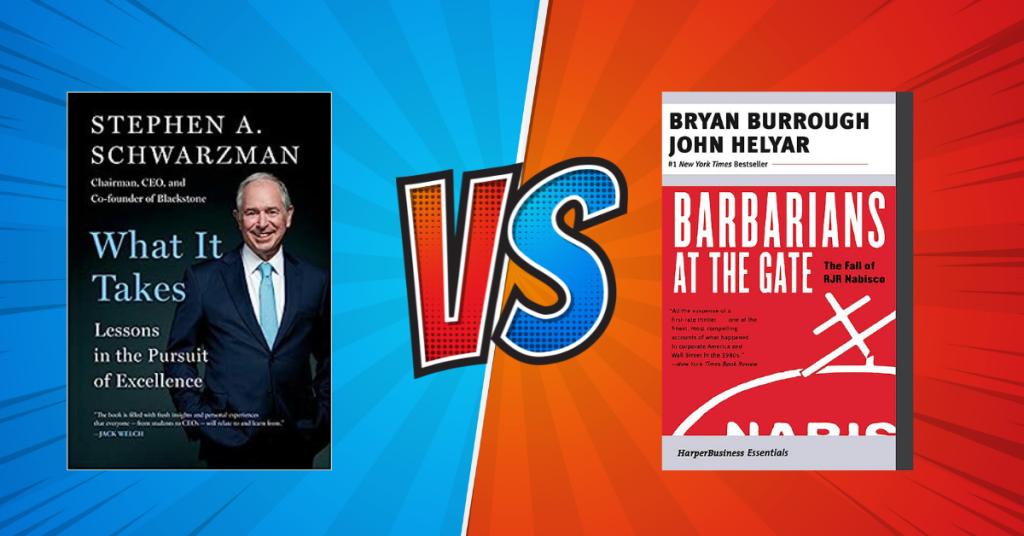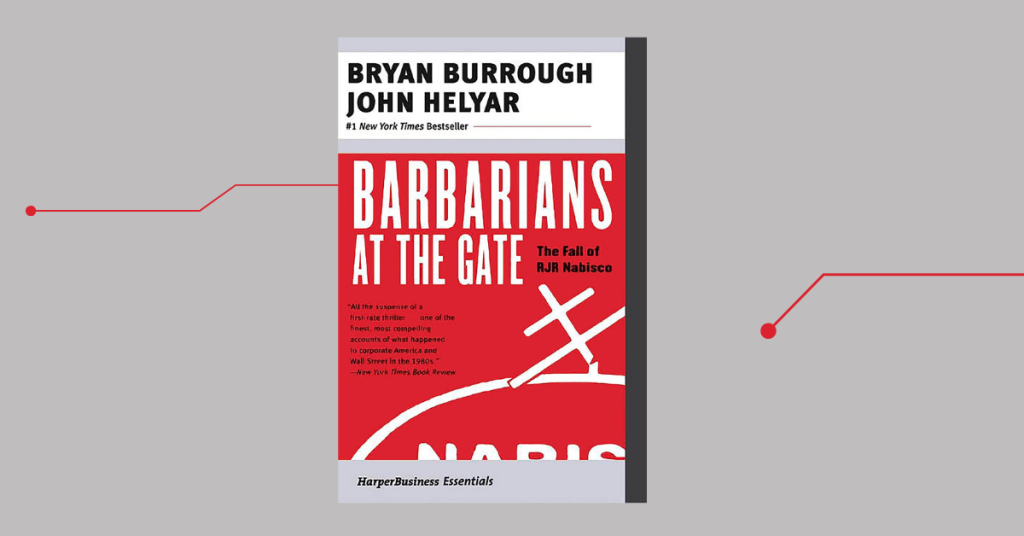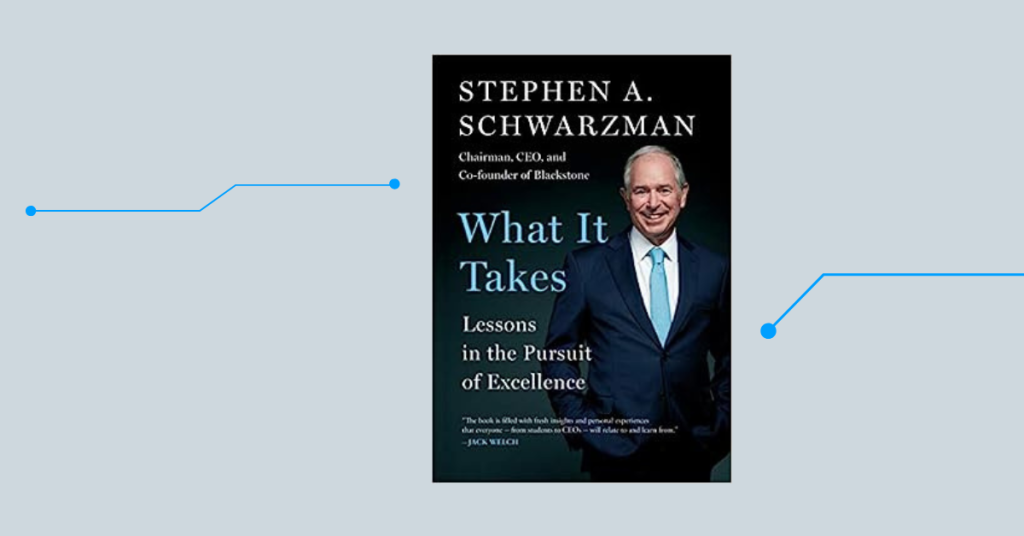
Clash of Legends:
"Barbarians at the Gate" vs. "What It Takes"
Are you torn between “Barbarians at the Gate” and “What It Takes” books? Let’s clarify the key differences with a clear comparison.
Verified Reviews Guaranteed
In the realm of business literature, there are countless books that offer insights into the complex world of finance, leadership, and organizational success. Two notable works in this genre are “Barbarians at the Gate: The Fall of RJR Nabisco” by Bryan Burrough & John Helyar and “What It Takes” by Stephen A. Schwarzman. While both books delve into the intricacies of the business world, they approach their subjects from different angles and offer distinct perspectives.
Table of Contents
ToggleDecoding "Barbarians at the Gate" vs. "What It Takes"
In this comparative analysis, we will examine these two works in terms of their content, writing style, strengths, weaknesses, and overall impact. By exploring their unique features, we aim to provide you with a comprehensive understanding of what each book offers and help you determine which one aligns best with your interests and needs.
Let’s get started.
“Barbarians at the Gate” is a renowned exploration of the high-stakes world of private equity in the 1980s, focusing on the rise and fall of RJR Nabisco. The book employs gripping storytelling and meticulous research to unravel the complex web of greed, power, and backroom deals that shaped the corporate landscape during that era. It offers revealing insights into the consequences of unchecked ambition and questionable business practices, making it a cautionary tale for readers.
Despite requiring some finance knowledge and occasionally having a slow-moving development, “Barbarians at the Gate” stands as a must-read resource for anyone interested in understanding the inner workings of private equity.
“What It Takes” is an empowering guide by Stephen A. Schwarzman, the co-founder and Chairman of Blackstone. The book draws on Schwarzman’s personal experiences and shares impactful episodes from his life to offer valuable lessons on building, transforming, and leading thriving organizations. Through his journey from co-founding Blackstone to managing over $500 billion, Schwarzman provides insights into ambition, risk, and seizing opportunities. He outlines his approach to investing and deal-making, which has made Blackstone a leader in private equity and real estate. Additionally, Schwarzman’s reflections on philanthropy demonstrate his commitment to driving transformative solutions, particularly in education.
“What It Takes” serves as an empowering, entertaining, and informative guide for individuals seeking personal impact, and it provides practical insights and a blueprint for success.
3. Comparative Analysis

i. Exploration of Private Equity and Corporate Takeovers:
“Barbarians at the Gate”: Burrough and Helyar provide a detailed examination of the private equity landscape in the past, specifically focusing on the RJR Nabisco takeover. They dissect the intricate web of financial dealings, power struggles, and corporate strategies, offering a comprehensive understanding of the era.
“What It Takes”: Schwarzman touches on private equity as part of his journey and offers insights into deal-making, investment strategies, and risk management. However, the book primarily focuses on broader lessons of leadership, personal development, and building successful organizations.
ii. Writing Style and Accessibility:
“Barbarians at the Gate”: The book employs straightforward and accessible language that makes it approachable for readers from all backgrounds. It skillfully combines investigative journalism and storytelling techniques, creating a gripping narrative that keeps readers engaged.
“What It Takes”: Schwarzman’s writing style is engaging and conversational, allowing readers to connect with his personal anecdotes and experiences. The book is accessible and appealing to a wide audience, providing practical insights and advice.
iii. Strengths and Weaknesses:
Barbarian at the Gates
– Strengths: Deep research, engaging storytelling, and thought-provoking analysis of the results of uncontrolled plans and doubtful business practices.
– Weaknesses: Requires some finance knowledge and occasionally has a slow-moving development that might deter readers from seeking a faster-paced narrative.
What It Takes
– Strengths: Practical lessons on leadership, personal development, and building successful organizations, along with excellent advice for students. Schwarzman’s remarkable journey and experiences provide unique perspectives.
– Weaknesses: Limited focus on specific industries, making it less appealing for readers looking for industry-specific guidance. It lacks a strict industrial structure, which may be a drawback for some readers seeking a more organized approach.
iv. Impact and Reception
Barbarian at the Gates
– Impact: The book has had a significant impact on the understanding of private equity and corporate takeovers. It serves as a cautionary tale; the story continues to resonate, particularly in times of financial turmoil.
– Reception: Barbarians at the Gate received accolades from renowned publications such as the New York Times, Los Angeles Times, and Chicago Tribune. Its status as an indispensable resource in understanding the inner workings of private equity is evident from its positive reception and lasting popularity.
What It Takes
– Impact: What It Takes has influenced individuals seeking personal impact and success on their own terms. The book offers practical insights and a blueprint for success. Schwarzman’s philanthropic endeavors also highlight the importance of making a positive impact on society.
– Reception: Although it may not appeal to readers seeking industry-specific guidance, its empowering nature has resonated with a broad audience.
v. Ratings and Popularity
Barbarians at the Gate has a higher number of ratings and more stars, indicating a larger reader base and positive reception. The presence of the #1 best seller badge further solidifies the book’s popularity and widespread acclaim.
vi. Pricing
The Kindle edition of What It Takes is priced higher than Barbarians at the Gate, suggesting that it may be perceived as more valuable or in higher demand. On the other hand, the hardcover edition of Barbarians at the Gate has a higher price, which could be attributed to factors such as the book’s popularity, historical significance, or collector’s value.
vii. Film Adaption
The fact that “Barbarians at the Gate” has been adapted into a movie increases its exposure and recognition among a wider audience. Films often serve as a catalyst for generating interest in the source material.
Conclusion
In conclusion, “Barbarians at the Gate: The Fall of RJR Nabisco” and “What It Takes” are two influential books that offer distinct perspectives on the business world. While “Barbarians at the Gate” focuses on the private equity landscape of the 1980s, unraveling the complex web of finance and corporate takeovers, “What It Takes” provides insights into leadership, personal development, and building successful organizations, drawing from Schwarzman’s personal journey. Each book has its strengths and weaknesses, and their impact and reception reflect their respective contributions to the genre.
Readers seeking a gripping narrative intertwined with meticulous research and revealing insights into the consequences of unchecked ambition may find “Barbarians at the Gate” to be an excellent choice. It serves as a cautionary tale while providing a deeper understanding of the forces that shape the financial world.
On the other hand, individuals looking for practical lessons on leadership, personal development, and organizational success may gravitate towards “What It Takes.” Schwarzman’s remarkable journey, insightful lessons, and philanthropic endeavors make it an empowering and informative guide for those seeking personal impact.
Ultimately, the choice between the two books depends on the readers’ interests, preferences, and specific goals. Both “Barbarians at the Gate” and “What It Takes” offer valuable perspectives and contribute to the broader discourse on finance, leadership, and success. By engaging with these works, readers can gain a deeper understanding of the business world and embark on their own journeys of inspiration and transformation.
What’s your choice? We would love to hear from you.
Related Posts



